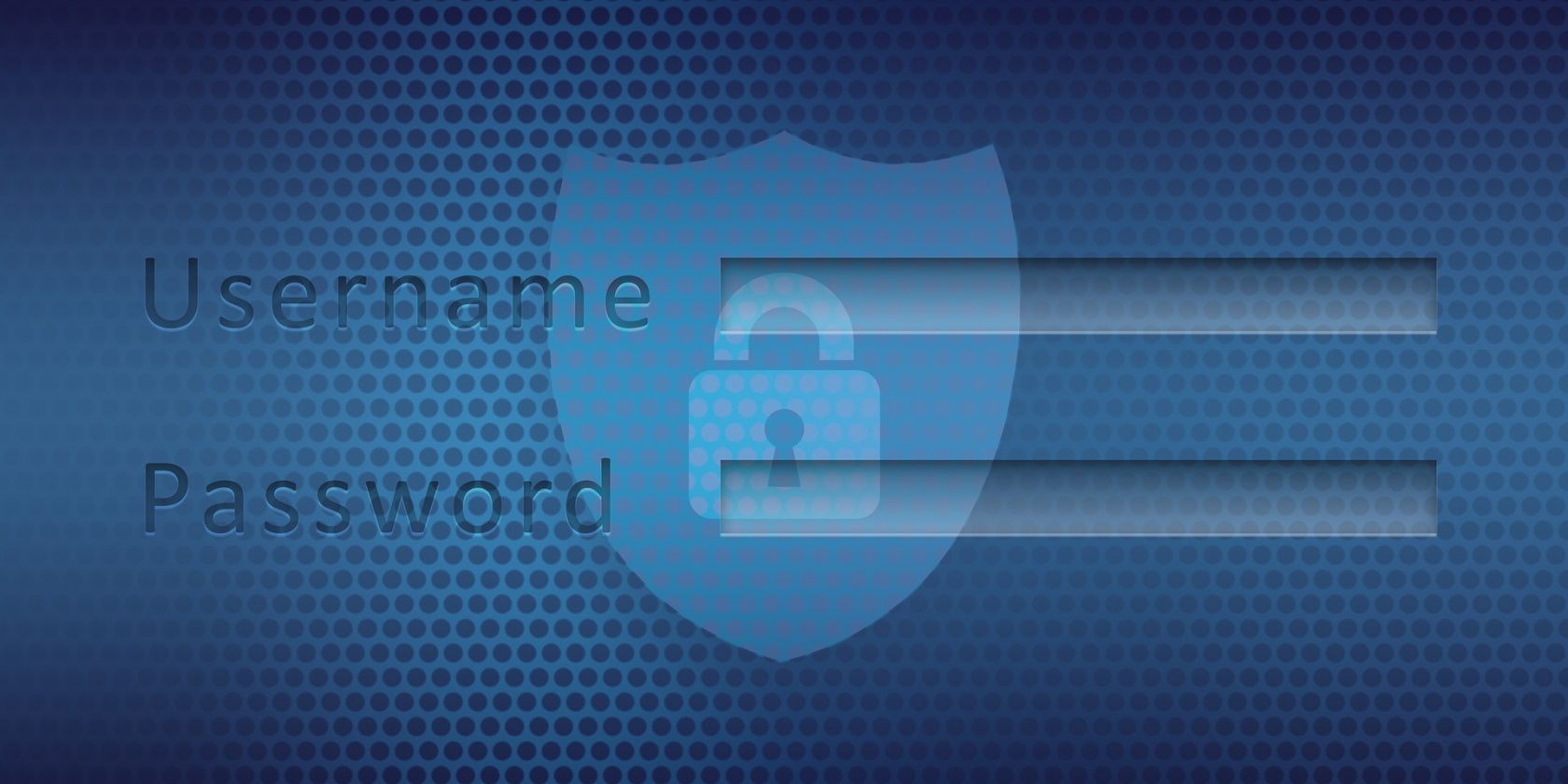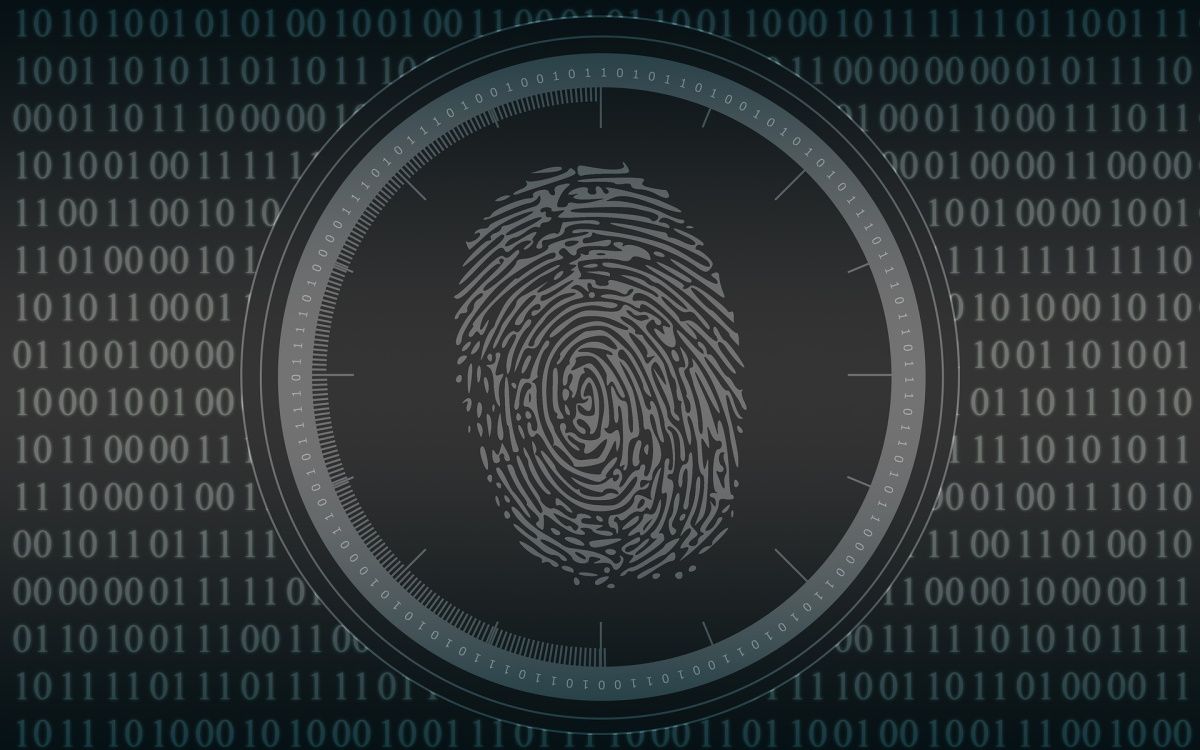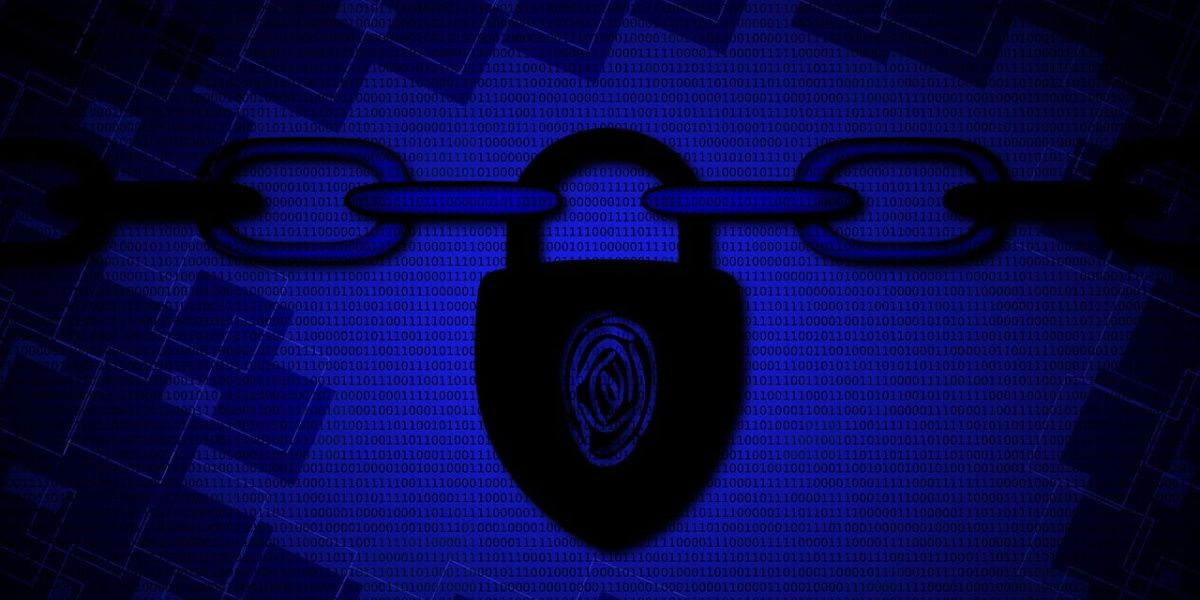If you're someone who doesn't like using passwords, you're not alone. Most of us find passwords to be inconvenient, forgettable, and often not the best security solution.
The good news is that passwords are likely to become a thing of the past. For a few websites, passwords will already be phased out in 2023.
Why Are Passwords Dying?
A passwordless future will become a reality eventually. IT managers and security professionals have long been looking for better alternatives to password authentication. Here are the reasons why.
Weak Security
Passwords are prone to dictionary attacks, brute-force attacks, and other common tricks used to hack passwords.
You may fall victim to a social engineering attack even if you have followed good password practices and created super-strong passwords. Also, somebody can steal your passwords.
If you use a password manager, you may forget your master password. And it can cause you tons of trouble to gain access to saved passwords in such a situation.
Selling of stolen passwords on the dark web proves that passwords are not a foolproof method of authentication.
High Cost
It takes time to create, enter, and reset passwords. So, using passwords as an authentication method costs you money.
According to a study sponsored by Yubico, a user spends an average of 10.9 hours per year setting, entering, and resetting passwords. And you may be surprised to hear password-related activities can cost large companies an average of $5.2 million annually.
What's more, hackers can use stolen passwords to steal data. And, according to IBM, an average cost of a data breach is $4.24 million.
Poor User-Experience
Creating a strong password, remembering it, and entering it each time you access a device or account is not something most of us enjoy. This is why most users hate passwords. What's worse, since people have to remember passwords, we tend to create weak ones.
Yes, using a password manager makes it easier to manage passwords. But not all want to employ a password manager to manage passwords. And what do you do if your password manager gets hacked?
So it is apparent that a powerful passwordless authentication method can improve user-experience.
What Is Replacing Passwords?
If you're considering passwordless authentication for your company, or you're just browsing the web and wondering how you will get into your accounts, the following options are on the rise.
Multi-Factor Authentication
Multi-factor authentication (MFA) requires more than one factor or element to verify your identity. In the multi-factor authentication method, you often replace passwords with PINs or OTPs. Other approaches can include biometrics, codes on authenticator apps, codes in emails, etc.
With many passwordless authentication tools available, you can easily implement MFA in your company in a hassle-free manner.
Though MFA can be secure, you must look out for MFA fatigue attacks to be on the safer side.
Biometric Authentication
Biometric authentication is the most reliable method to fight password fatigue and implement passwordless authentication. In this authentication method, users must provide their biological data as proof of identity to gain access to devices or accounts.
Touch ID, facial recognition, fingerprints, DNA matching, and retina scanning are commonly used to enable biometric authentication.
Behavioral Recognition
Behavioral recognition considers multiple data points to create a score that determines whether to trust a user to give access to a device/resource or not.
The data collected and analyzed in the behavioral authentication method can include but is not limited to keystrokes dynamics, gait recognition, voice ID, mouse and touch use characteristics, and location behavior.
Cards & Pins
Smart cards and pins offer a secure authentication method that enables you to create, store, and operate cryptographic keys. The smart card authentication method works with the help of smart cards, card readers, and authentication software programs.
A smart card stores your public credentials and a personal identification number (PIN), which is the secret key to authenticate you. You have to insert your smart card into the card reader and insert your PIN to gain access to a device/resource.
Notifications
In this method, you enter your username, and then you receive a notification on your phone or in your email with a second factor to enable you to gain access to your account or device.
Benefits of Passwordless Authentication
The key benefits of passwordless authentication are as follows.
Stronger Cybersecurity
Passwordless authentication prevents password-related cyberattacks such as brute force attacks or dictionary attacks.
What's more, passwordless authentication methods are often phishing-resistant. This is because users won't be sending any login credentials via email or text to a hacker. As a result, implementing passwordless authentication can strengthen cybersecurity in your company.
Enhanced Supply Chain Security
Many supply chain attacks make use of stolen passwords and credentials. By eliminating passwords in your organization, you can ensure that your digital assets will be protected during any supply chain attack.
Seamless User-Experience
Passwordless logins offer a quick, convenient login experience. With no need to come up with strong passwords and remember them, you can prevent password fatigue. Users can access multiple accounts through passwordless authentication quickly and easily.
Improved Workforce Productivity
Creating and memorizing multiple passwords is a challenge. And when someone forgets a password, resetting it takes time.
So when you implement a passwordless authentication method, employees in your company won't have to brainstorm to create strong passwords or deal with a clunky password resetting process. Instead, they will dedicate their time to productive tasks.
Reduced Costs
Passwordless logins can reduce operating costs in your company over time as users don't have to spend time creating, entering, and managing passwords.
What Leading Tech Companies Are Doing
The world is moving towards passwordless logins. Apple, Google, and Microsoft have joined hands to expand support for a passwordless sign-in standard designed by the FIDO Alliance and the World Wide Web Consortium.
You can expect that more companies will join the force in the coming years to provide users with the capability to log in without entering passwords.
Is It Time to Make Passwords Passé?
The human element is the weakest link in cybersecurity. This is the reason why phishing attacks and social engineering attacks are so successful.
By implementing passwordless authentication, you can reduce the risks of password theft, password-cracking, or credential theft.



